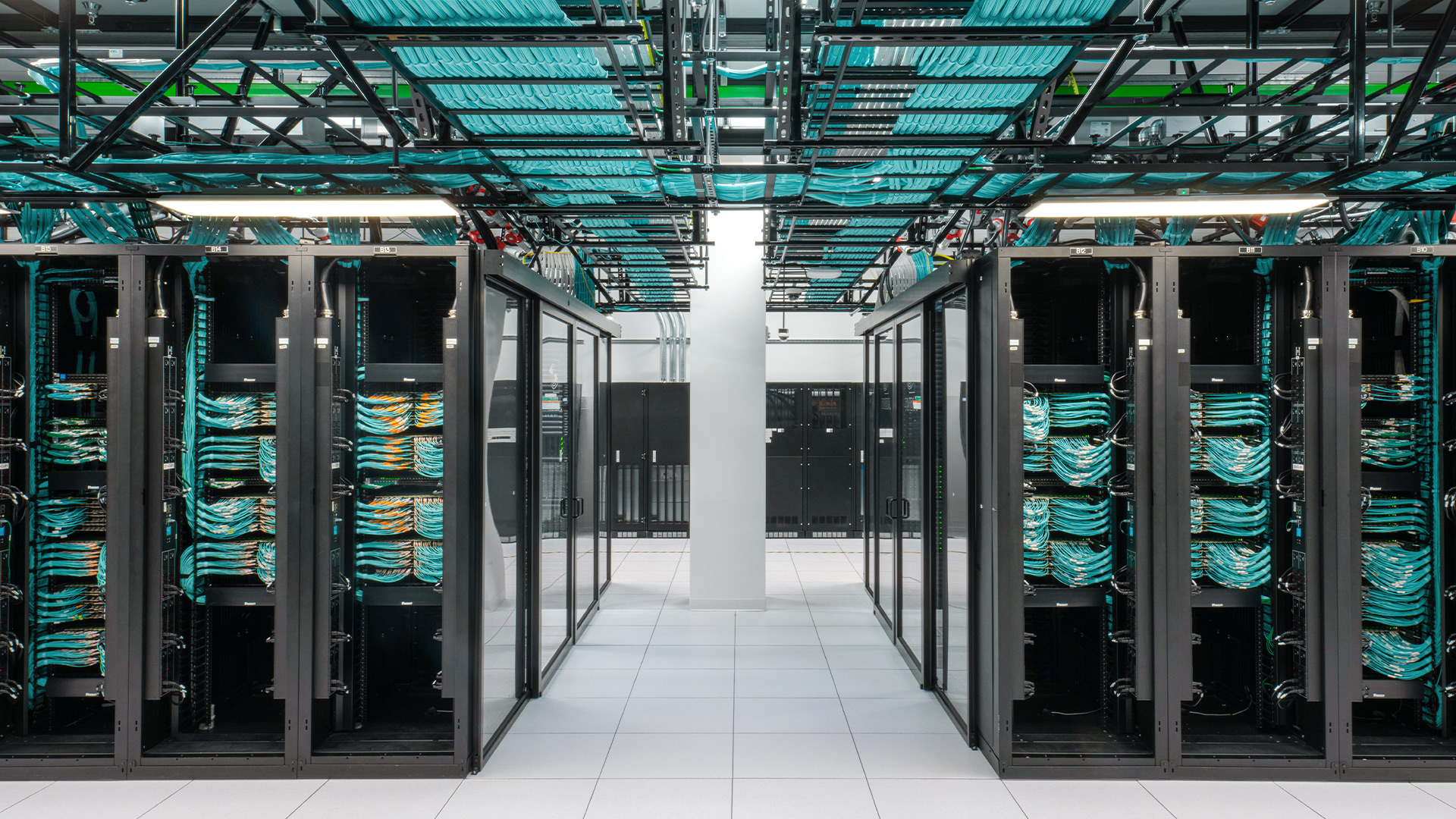Blog
Scaling AI Factories with Co-Packaged Optics for Better Power Efficiency

Introduction to AI Factories and Power Efficiency
In today’s digital landscape, the rapid evolution of artificial intelligence (AI) has led to the emergence of AI factories—specialized environments designed to develop, train, and deploy AI models. As the demand for AI technologies accelerates, optimizing these factories for power efficiency becomes crucial. One of the most promising advancements in this area is the use of co-packaged optics.
Understanding Co-Packaged Optics
Co-packaged optics refers to the integration of optical components with semiconductor chips in a single package. This innovation aims to enhance data transfer speeds and reduce power consumption compared to traditional electrical interconnects. By leveraging light instead of electricity to transmit data, co-packaged optics can significantly mitigate the energy demands of AI factories.
Benefits of Co-Packaged Optics
-
Increased Bandwidth: Co-packaged optics provides higher bandwidth capabilities, allowing AI factories to handle larger datasets at faster speeds. This is essential for training complex AI models, which require vast amounts of data to function effectively.
-
Reduced Latency: By minimizing the time it takes for data to travel between components, co-packaged optics enhances the responsiveness of AI systems. This reduction in latency is crucial for real-time AI applications.
- Lower Power Consumption: Optical communication typically uses less power than traditional electrical methods. As AI models grow in complexity, power efficiency becomes a priority. Co-packaged optics presents a tangible solution to this challenge.
The Demand for Power Efficiency in AI Factories
As AI technologies continue to proliferate across various sectors, the energy requirements of AI factories have surged. Traditional data centers often struggle with energy inefficiency, leading to increased operational costs and environmental concerns. Therefore, adopting power-efficient measures, such as co-packaged optics, becomes imperative for sustainable AI development.
Addressing Environmental Impact
The environmental implications of energy consumption are increasingly being scrutinized. AI factories that operate on outdated infrastructure contribute to higher carbon footprints. Integrating co-packaged optics not only enhances operational efficiency but also aligns with global sustainability goals. Transitioning to greener technologies is becoming a priority for many companies, pushing for innovative approaches that reduce environmental impact.
Implementing Co-Packaged Optics in AI Factories
Integrating co-packaged optics into existing AI factories can be a transformative step. However, it requires thoughtful planning and investment.
Infrastructure Upgrades
To maximize the benefits of co-packaged optics, organizations may need to upgrade their current infrastructures. This could involve investing in new hardware that supports optical data transmission, ensuring compatibility with existing systems, and retraining staff to adapt to the new technology.
Collaboration with Technology Providers
Partnering with technology providers specializing in optical technologies can streamline the integration process. These collaborations can lead to custom solutions tailored to the specific needs of an AI factory, ensuring optimal functionality and performance.
Future Trends in AI Factories and Optical Technologies
As the technology landscape evolves, so too will the strategies adopted by AI factories. The adoption of co-packaged optics is just the beginning. Several trends are expected to shape the future of AI developments.
Enhanced AI Models
With co-packaged optics improving data transfer rates, organizations can develop even more sophisticated AI models. These advancements will allow for more complex algorithms that can solve increasingly challenging problems across various industries.
Rise of Hybrid Computing
The future may see a rise in hybrid computing, where traditional computing methods are combined with optical technologies. This integration could lead to unprecedented levels of efficiency and performance, making AI factories even more capable.
Increased Automation
Automation is a key part of AI development. By streamlining processes through co-packaged optics, AI factories can enhance their capabilities, leading to more automated operations. This, in turn, can free up human resources for higher-level tasks and innovation.
Challenges in Transitioning to Co-Packaged Optics
While the benefits of co-packaged optics are significant, transitioning to this technology is not without its challenges.
Initial Costs
The initial investment required to implement co-packaged optics can be substantial. Organizations must weigh the long-term benefits against the short-term financial outlay. However, the increased efficiency and cost savings over time can justify the upfront expenses.
Technical Hurdles
Transitioning to a new technology is typically accompanied by technical challenges. Companies may encounter issues related to integration, compatibility, and employee training. Strategies such as phased implementation and ongoing support can help mitigate these risks.
Conclusion
The evolution of AI factories is undeniably intertwined with advancements in optical technologies, particularly co-packaged optics. As organizations strive for greater power efficiency and sustainability, adopting these technologies will become increasingly vital.
The future of AI development hinges on our ability to implement innovative solutions that address the growing energy demands of AI factories. By embracing co-packaged optics, companies can enhance their operational capabilities while also contributing to a more sustainable technological landscape.
As we move forward, the successful integration of co-packaged optics in AI factories will not only redefine how businesses operate but also pave the way for groundbreaking advancements in artificial intelligence across various sectors.
